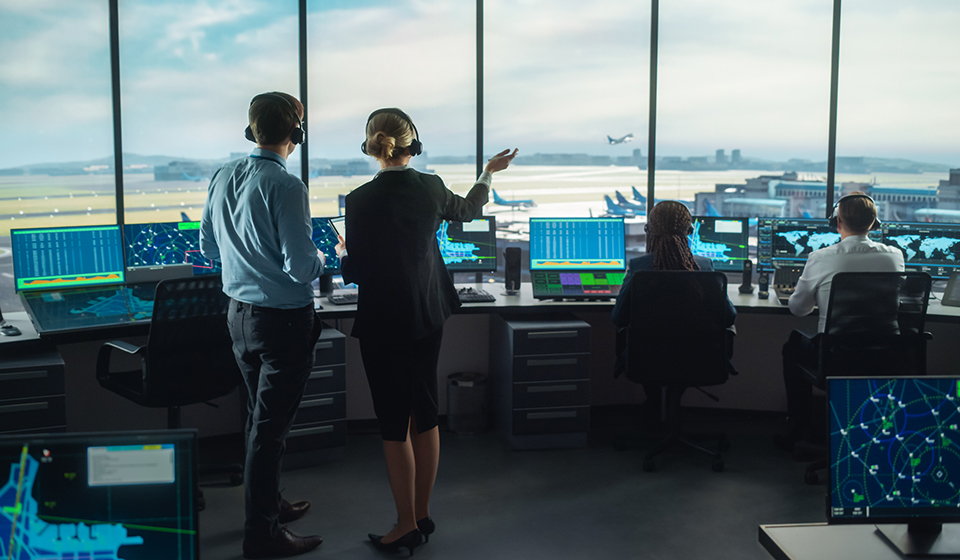Case Human Machine Interfaces
Modified tablets for Air Traffic Control the Netherlands
Optimal regulation at any time of the day and under all light conditions.
In recent years, Air Traffic Control the Netherlands (also known as LVNL) has worked hard on Tower 2.0. The aim of this project was a major modernization of the control tower at Schiphol. Part of the project was the digitization of the system with which air traffic controllers read flight information. Special tablets adapted by Mulder-Hardenberg played a leading role in this.
The challenge
In 2018, the control tower was given a major makeover. The layout and arrangement was changed and a significant amount of equipment and systems were moved to another data center. Another part of this transformation was the digitization of the system for guiding and transferring aircraft from one air traffic controller to another.
To steer this process in the right direction, the so-called stripping system was used. Previously, aluminum bars with a paper strip were used, which contained a number of basic information about the device. This system functioned perfectly for many years, but due to the increasing crowds at Schiphol, the need arose to modernize this process as well. The paper strips were therefore replaced in the context of Toren 2.0 by digital strips that were displayed on very specific Wacom tablets. Due to the lighting conditions around the tower, the information on the tablets was not always optimal

The solution
In collaboration with Nottrot, a supplier of professional monitors, a number of adjustments were made to the readability of the Wacom tablets. The first modification was to replace the standard backlighting of the tablets with a Hi-Brightness version. The result of this was that much more light could come out of the tablet.
An important point of attention here was the fact that a balance had to be found between the maximum brightness and the heat management. The brighter the image, the more energy is consumed. That is why Mulder-Hardenberg slightly reduced the maximum brightness after installing the Hi-Brightness module. This kept the temperature in the Wacom tablets within acceptable limits.
The result
Mulder-Hardenberg also applied a technique called ‘optical bonding’. The result of using optical bonding was that the image on the screen became much more contrasting. The image that is displayed is now no longer ‘deepened’, but rather on the screen. This has a clear positive effect on the readability of the displayed information. Mulder-Hardenberg’s modifications made it easy to read the image on the tablets – at any time of the day and under all lighting conditions. This enabled Mulder-Hardenberg, together with the partners, to take an important step to make Tower 2.0 a great success.”